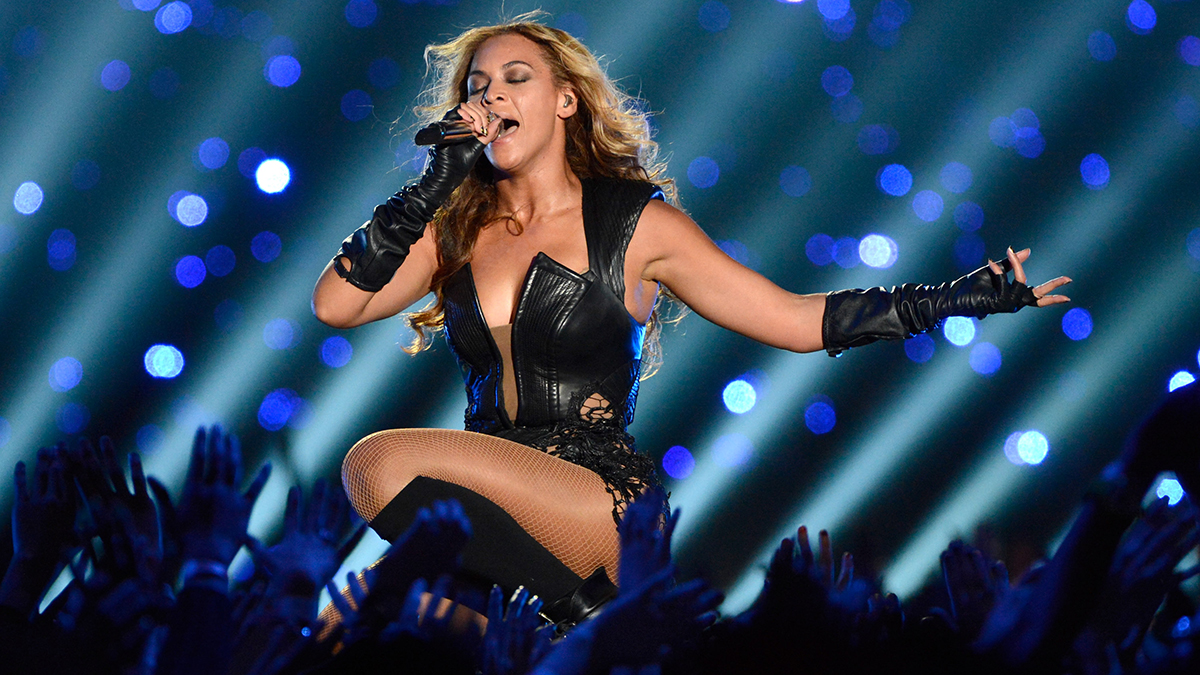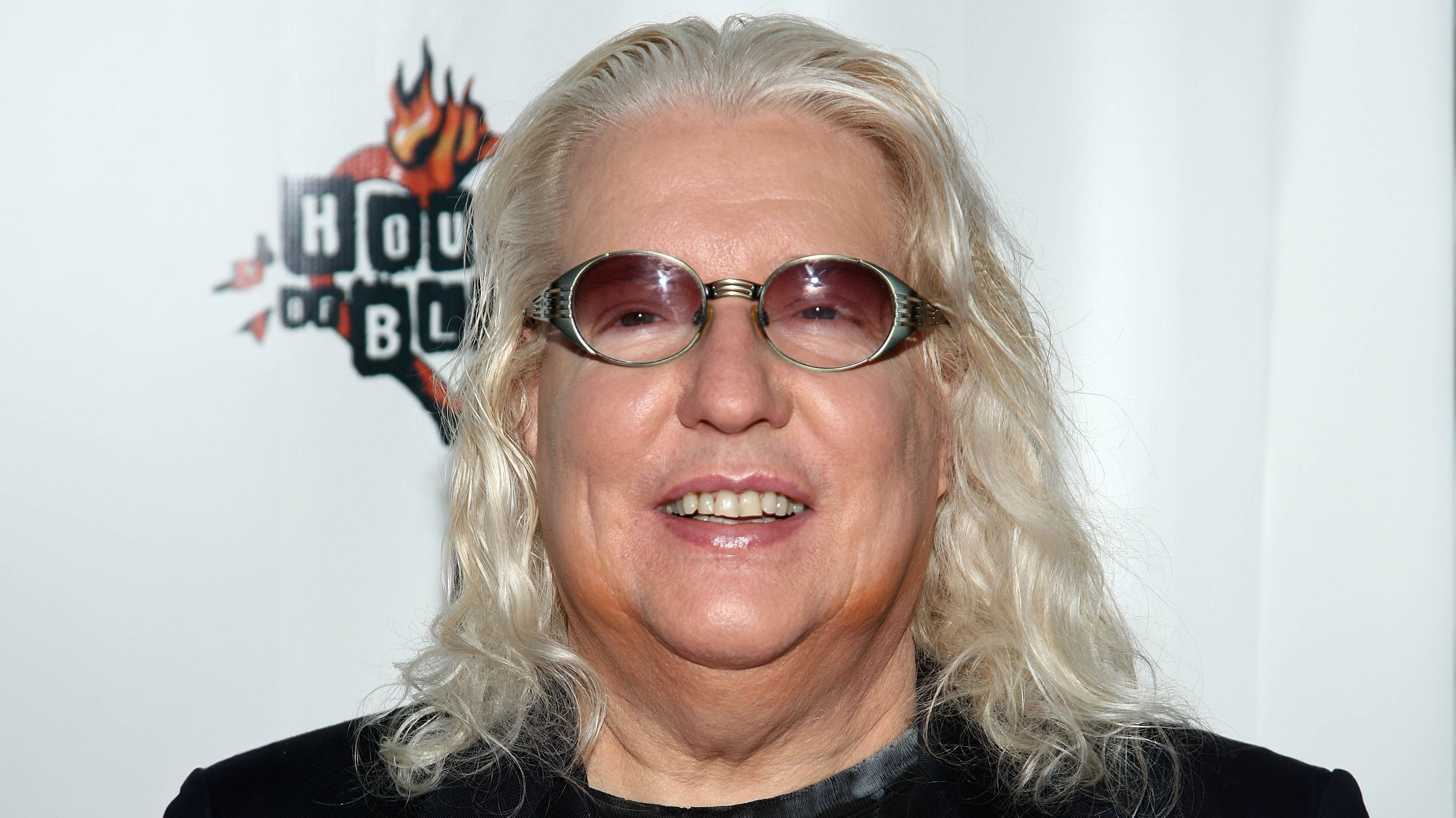“Her dynamics can change so drastically”: Beyoncé’s recording engineer explains why the star’s huge dynamic range dictated his choice of preamp, and how he deals with it when he’s tracking her vocals
“A lot of people ask why I don’t use the Neve on her," says Stuart White. "And I love the Neve on vocals, don’t get me wrong, but the Neves tend to crackle when you turn the pre gain”
You might think that, for an audio engineer, recording a vocalist as capable of Beyoncé would be relatively straightforward, but it turns out that it presents its own unique set of challenges.
Speaking to Mix with the Masters, one of Queen Bey’s regular collaborators Stuart White has revealed the vocal chain he likes to use when working with her in the studio, and explained why her huge dynamic range influenced his choice of gear.
White has been on Beyonce’s team for her past four studio albums - Beyoncé, Lemonade, Renaissance and, most recently, Cowboy Carter - and was speaking specifically about the recording of Partition, a single from the star’s eponymous 2013 record.
He confirms that the vocal for the song was recorded at Jungle City Studios in New York using a vintage Telefunken ELA M 251 mic with AC 701 tube (“for the nerds out there”). “It was actually a rental mic that we had and we ended up buying it at a later date,” he recalls, before adding that the vocal chain was completed by an Avalon 737 mic pre and a Tube Tech CL 1B compressor.

Explaining his choice of preamp, White says: “A lot of people ask why I don’t use the Neve [1073] on her. And I love the Neve on vocals, don’t get me wrong, but the Neves tend to crackle when you turn the pre gain, and there’s 5 dB steps there, and her dynamics can change so drastically that I have to adjust sometimes 20 dB on the pre from her doing a soft background to a loud lead.
“And so, when I work, I typically have the Avalon 737 that far from my hand [mimes it being right next to him]. So, she starts building up - I’ll grab it and I can turn it down quick, or I can ride it.”
There’s another reason, too, why White favours this particular piece of hardware. “The 737, it sounds great, it has less low mid than the Neve, which I kind of like for her vocal ‘cos she has a lot of weight in the low-mids and I end up having to EQ more low-mids out if I use the Neve. But the potentiometer is high quality [on the 737] and I’ve never had an issue with it crackling or having any issues that way, and it’s so key for me to have something that I can variably adjust while she’s working. That was the chain: tracked it flat, no EQ, almost no compression."
Get the MusicRadar Newsletter
Want all the hottest music and gear news, reviews, deals, features and more, direct to your inbox? Sign up here.
White goes on to dive a little deeper into the compressor settings he uses with Beyonce: “Again, being that she’s so dynamic, I don’t compress her a lot on the way in,” he reports. “If she sings at her max volume, it might do 3 dB of compression, with a relatively slow attack, fast release, ‘cos I want to be able to make those decisions later, and while I’m recording I’m clip gaining and trimming and levelling everything out to get it more even before it hits the compression.”
The video continues with White playing back a portion of Beyonce’s isolated Partition vocal in Pro Tools and discussing some of his plugin processing choices on the song. It’s an extract from a four-part series on the session, which is available now to Mix with the Masters subscribers.



I’m the Deputy Editor of MusicRadar, having worked on the site since its launch in 2007. I previously spent eight years working on our sister magazine, Computer Music. I’ve been playing the piano, gigging in bands and failing to finish tracks at home for more than 30 years, 24 of which I’ve also spent writing about music and the ever-changing technology used to make it.









